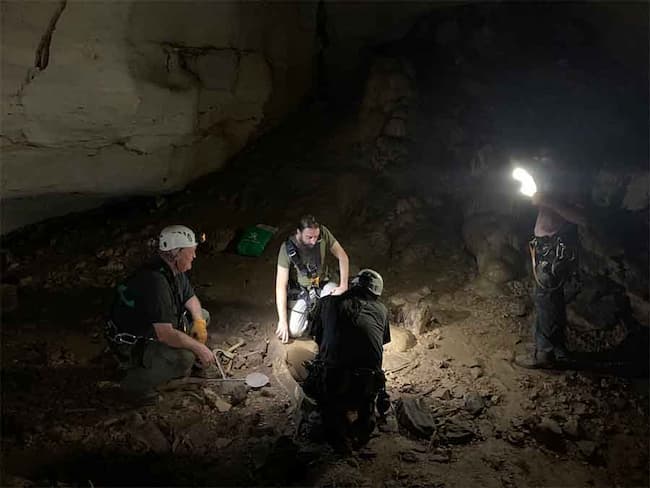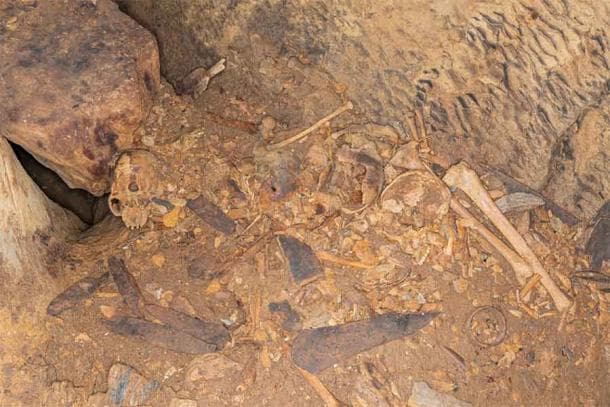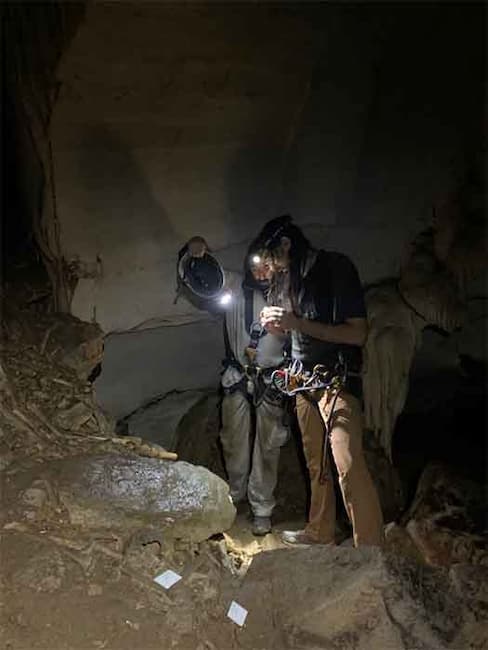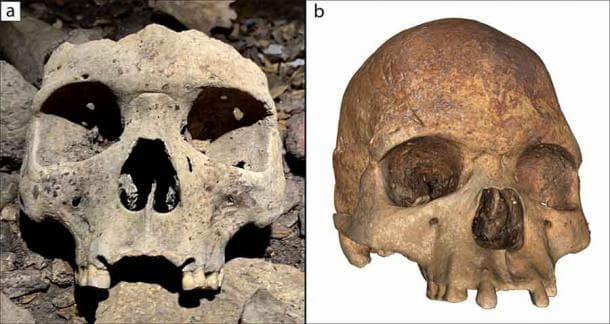It is now known elite members of an ancient culture living around Africa’s deep and inaccessible Iroungou Cave in Gabon mutilated their faces by removing selected teeth, which changed the shape of their faces. But why?

Around 28 people’s skeletons dating to the 14th-15th centuries AD were put to rest in Iroungou Cave, an unusual cave in Gabon, in west Central Africa. The discovery was first announced by a team of French and Gabonese researchers on Dec 18, 2018. At the time Richard Oslisly, who led the expedition financed by the National Agency of National Parks, said the discovery was “unique” in Africa, because human remains are almost “non-existent” in African soils.

The reason human remains are so rare in Africa is because the soils are very acidic, so everything of human and animal origin decomposes very quickly. This is why the discovery of the 28 skeletons at the Iroungou Cave site is so important for archaeology. Now, the researchers’ new study demonstrates that these dead bodies showed evidence of “cultural tooth ablation,” which means they practiced body modification through tooth removal.

The Gabon cave is connected to the surface through two openings in its ceiling and is today accessible only by abseiling into the 25-meter-deep (75 feet) cavity. Four main levels comprise a total area of approximately 2000 cubic meters (71,000 cubic feet), but it is exceptionally difficult to move about within the cave. So far only four formal research expeditions have been carried out since the site was discovered in 2018.
The new research paper , published by Cambridge University Press on behalf of Antiquity Publications, explains that around 28 people were found buried with “hundreds of valuable metal items.” The authors wrote that the wealth and size of the grave indicated that these remains were not a random section of a community, but rather, that they were “important individuals and their sacrificed retainers .” The paper says that included in this artifact collection were: “486 iron and 26 copper objects, 127 Atlantic marine shells (15 of them being pierced), and 39 pierced carnivore teeth .”

Deceased Elites Who Had Changed Their Appearance In Life
At least 24 adults (over 15 years old) were identified, and the repetition of intentionally removed upper teeth caused “highly visible changes in the facial characteristics,” which the paper explains might have acted “as a strong ethnic marker” or group identity, meaning the people shared common beliefs .
Today, body modification is the deliberate altering of one’s physical appearance, generally for aesthetically, sexually or religiously charged reasons, or to show one’s allegiance to a group.
In the case of the 28 Iroungou Cave skeletons , the new study revealed that they intentionally “removed their upper incisors, changing their face shape.”
a) A mutilated skull found in the cave; b) Photogrammetry of a modified skull found in the cave. Both skulls have upper incisors removed. (C. Gerin and P. Mora / Antiquity Publications Ltd )
Some of the bones were found covered with sediment. All the human remains were left in situ while 3D photogrammetric and laser scanning recorded the positions of the artifacts for later analysis and interpretation. Because all 28 skeletons were almost whole, the researchers think the dead bodies were either thrown into the cave or lowered ceremonially into the darkness of the cave. Back from whence they came, perhaps.
Some of the human remains and artifacts found in the Iroungou Cave in Gabon, Africa. (P. Mora / Antiquity Publications Ltd )

